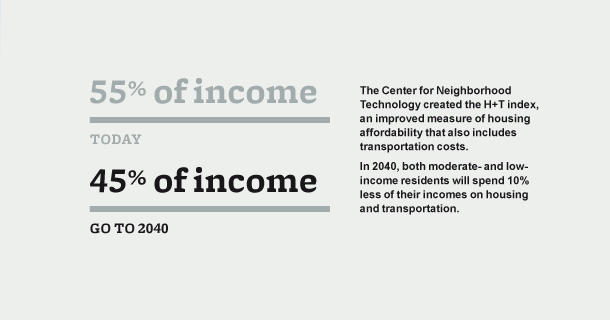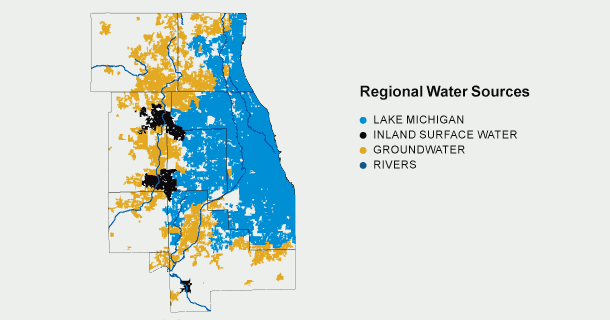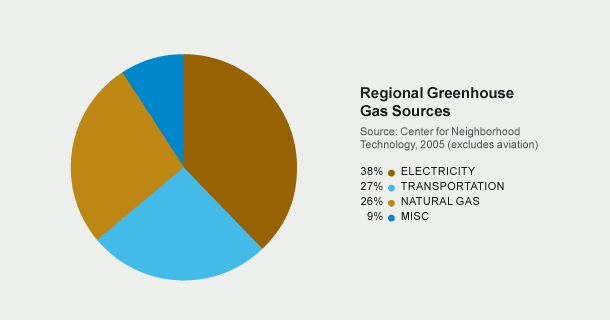Livability Matters
Livability Matters
In addition to their quality-of-life benefits, livability and compact growth make good economic sense for our region and its residents as well.Developing our existing communities and improving their livability is more cost-effective and resource-efficient than rapidly developing in areas that don't have adequate infrastructure. Some of the tangible benefits of livable communities are:
Lower Household Costs for Residents
Housing and transportation together make up the largest portion of costs in most households. And the affordability of housing is strongly linked with available options for transit, walking, and bicycling — which all cost less than owning, maintaining, and driving a car. By supporting transportation alternatives and shortening trips, our region can reduce the costs of congestion and travel for all residents.

More Options for Transportation
By providing residents with safe, reliable, and economical transportation choices, more people will be able to walk, bike, and use public transit to get around — making driving a choice rather than a necessity. Having transportation options allows older residents to stay in their homes (called "aging in place"), improves mobility for disabled residents, and leads to better health overall.
Reduced Cost to Taxpayers
Developing in new areas is far more costly than compact development in the long run. Spread-out development requires significant spending on new infrastructure (including roads, sewer, water, and utilities) and services (such as fire, police, and waste disposal). Compact development in existing communities can save our region costs that local governments or developers — and ultimately residents — would otherwise pay.
Increased Water Efficiency
Water is increasingly scarce, especially where communities rely on groundwater. Even in communities that get water from Lake Michigan, its use is limited by law. By reducing commercial and residential water consumption and improving the management and protection of our water resources, we can avoid potential shortages in our seven-county area. Our region can also manage stormwater more effectively by investing in the infrastructure of existing, fully developed communities where flooding creates serious safety and economic problems.

More Parks and Open Space
By increasing our parks, open spaces, and other natural areas — including water trails, forest preserves, and conservation lands — our region will protect environmental quality, improve public health, enhance property values, strengthen the economy, and improve residents' overall quality of life. Preserving and connecting our parks, open spaces, and other large natural areas will not only improve our recreation options, it will also improve the overall health and biodiversity of our region's ecosystems.
Improved Health and Availability of Local Food
Despite the good health of our region's residents compared to national averages, the lack of walkability and the inadequate recreational and open spaces in some communities create unacceptable health disparities. Some areas — often correlated to race and income — lack grocery stores with fresh produce, which negatively impacts the health of the residents in those communities. By increasing access to healthy food and facilitating local food production, our region will enhance health, grow our economy, and preserve agricultural land.
Increased Energy Efficiency
Energy used by our region's buildings and cars is the leading source of greenhouse gases that contribute to climate change. By improving energy efficiency, our region will reduce emissions, help residents and businesses save on energy costs, and create opportunities in the "green" economy.
